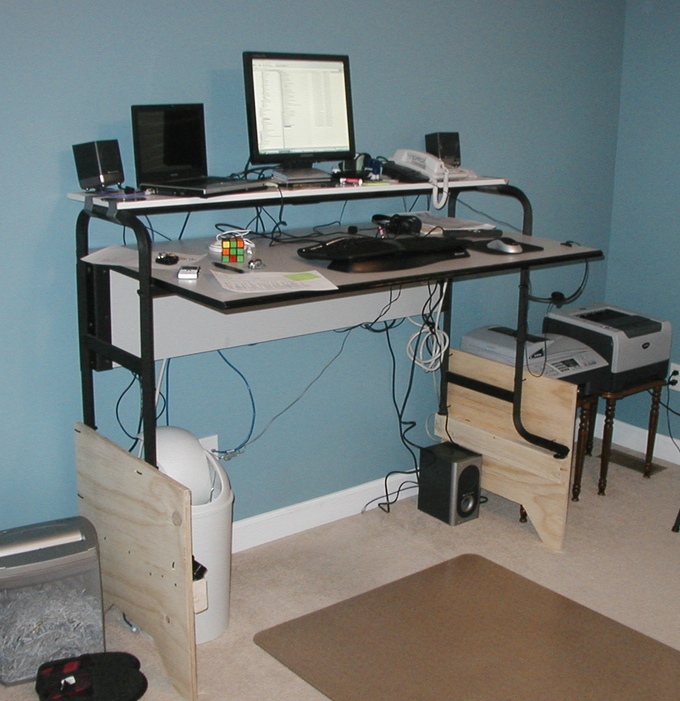How many of us have heard something along the lines of “you have as much chance becoming a professional [insert sport here] player as you have of winning the lottery” ? Some of us may have even had parents or teachers crush that dream when we were still young enough to believe that is possible.
I am coming to the conclusion, though, that getting published is the same way. I have now seen two agencies say they take 1% or less of all people who query them. One agent said she gets 1,200 queries a month, ten months a year. That’s 12,000 query letters a year, but 120 or less will be selected for representation. Yes, you must have a good book and a good query, but there’s also an element of luck in there–meeting the right agent at the right time in the right market.
Here are some formatting rules that I have seen for submitting requested materials to an agent or publisher:
- 8.5 x 11 page
- Double-space
- Left-justified (not full align, as it would be in a published book)
- Put your name, page number and book title on the bottom of every page (use footer)
Most agents want the sample / synopsis (if they want it at all) pasted into the body of an e-mail. I have seen one agent ask for this to be double-spaced, left-justified, so if you have full formatting capabilities on your e-mail, do it. (I don’t think you need to double-space your query letter or bio, but yes on the synopsis and writing sample.)
I use CreateSpace.com to make proof copies of my books so I can let friends and family read them and, also, it makes proofing easier (for some reason it’s easier to catch typos in print than on a computer screen). If you want to format your Word document for print, here are the settings:
Print margin size:
Top: 0.6
Bottom: 0.6
Inside: 0.5
Outside: .75
Mirror margins
Page size: 5.13 x 8
*Note – My old version of Word is on crack, and it confuses the inside margin and the outside margin. What you are really doing is setting the inside margin to be wider than the outside margin, in order to allow room for binding. If your word processor is not on crack, you will want to reverse those numbers.




